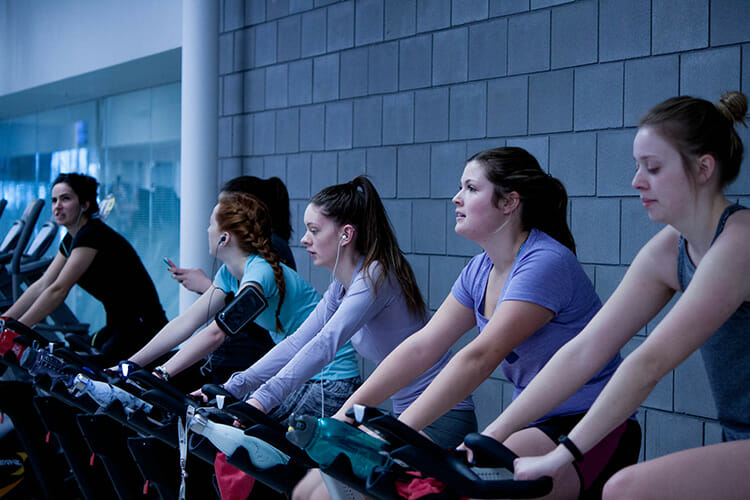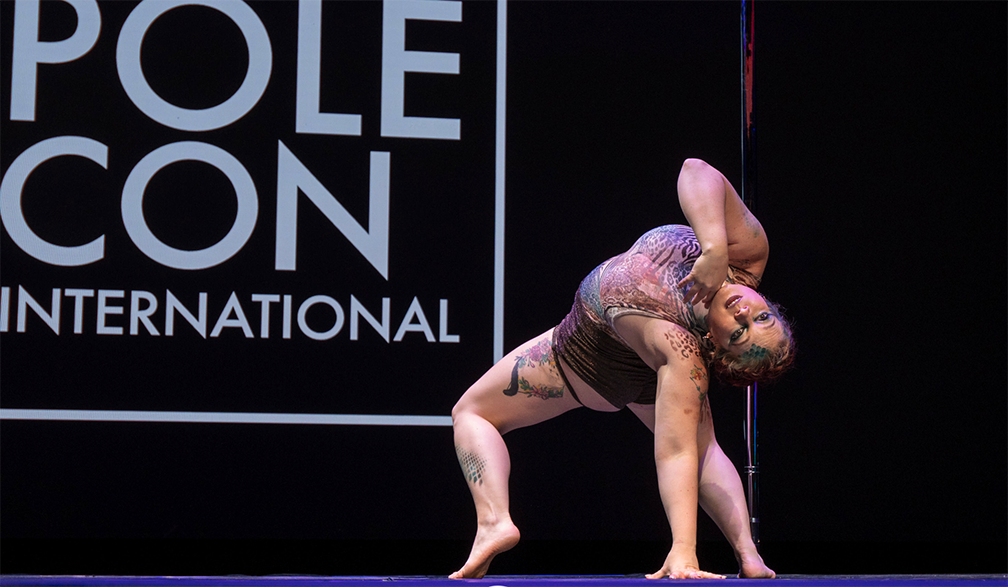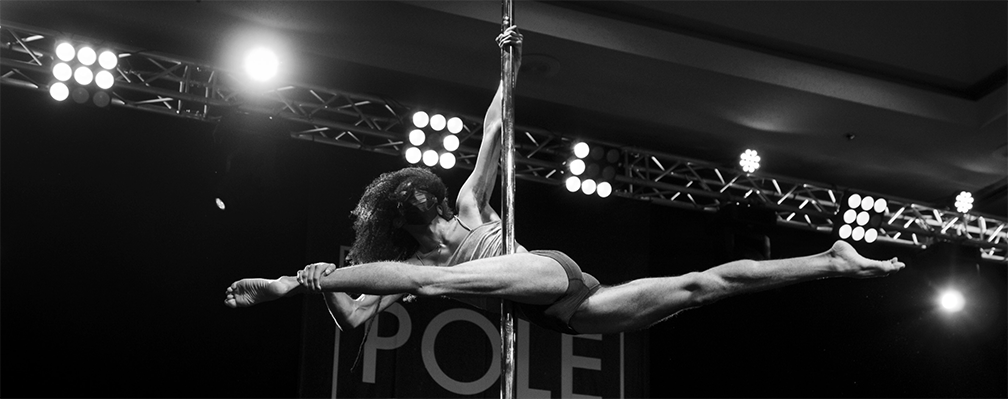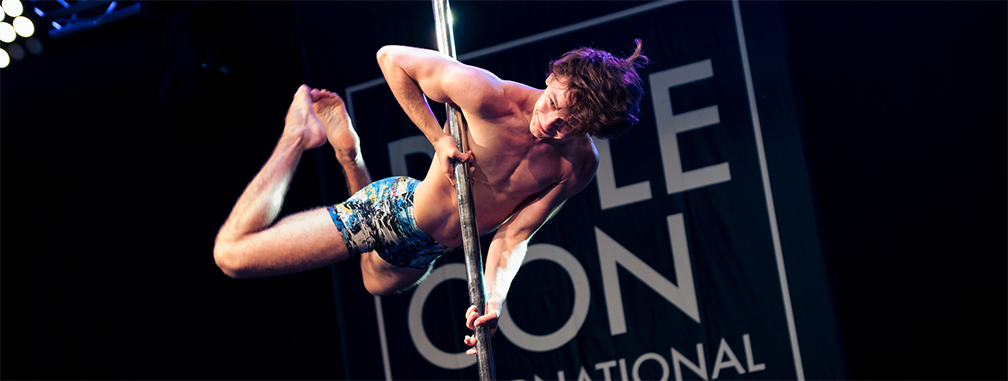Overtraining is defined as: “when the body is subjected to excessive physical stress without adequate…

How Can Cardiovascular Training Take Your Pole Dancing Abilities To The Next Level
During an intense pole dancing session, your heart rate can reach a peak value of 96% of the maximal estimated heart rate (HRmax) and a peak breathing rate of 37 bpm, according to a study published in The Journal of Sports Medicine and Physical Fitness. The researchers concluded that this performing art places “ heavy physiological and physical demands” on dancers, which indicates that they should make cardio a priority. If you really want to know your official cardiovascular endurance level, an exercise physiologist can measure your maximum oxygen uptake (VO2 max). You can also gauge your fitness level by using a wearable tracking device which measures your VO2 quickly and accurately.
Measuring Your Resting Heart Rate And VO2 Max Levels
When you’re in good shape, your resting heart rate should stand at between 60 and 100 beats per minute. Athletes with a very high fitness level, on the other hand, can have a significantly lower resting heart rate (sometimes between 40 and 60). VO2 Max levels vary according to fitness levels, sex and age. For instance, for someone aged 30 to 39, a VO2 max level of less than 22.8 is considered ‘very poor’, a reading of 22.8 to 26.9 is considered ‘poor’, from 27 to 31.4 is considered ‘fair’, from 31.5 to 35.6 is ‘good’, from 35.7 to 40 is ‘excellent’ and over 40 is ‘superior’. As an avid dancer, you should aim to obtain a ‘good’ reading at least, especially if you dance on more than just an occasional basis.
What Sports Can Raise Cardiovascular Fitness?
Any sport that enables you to reach close to your maximum heart rate for your age (220 bpm minus your age) can help improve your VO2 max levels and boost your endurance. Your choice of sport ultimately depends on your specific strengths and weaknesses. For instance, if you have joint issues, such in the knees or elbows, sports which are repetitive or which place too much strain on the joints – such as running on a treadmill or outdoors, high-intensity dance or aerobics involving frequent jumps, and body combat style classes involving high kicks – may only cause further joint stress and inflammation.
Choosing A Sport You Can Adapt To Your Needs
One sport that can provide as big a cardiovascular challenge without stressing joints is cycling, since it does not involve placing weight on your feet. If you do spinning classes, then you know that the sport can force you right up to your maximum bpm. If you are more into outdoor cycling, a mountain bike with a sturdy suspension system will enable the bike to absorb jumps without straining your back and joints. If high resistance cycling hurts your knees, consider using an electric bike, which can help you negotiate steep hills but allow you to work hard on inclines that are suitable to your fitness level.
Make Your Cardio Training Sports Specific
As stated by pole trainer, Neo, pole dancing involves using many energy systems – which essentially involve using explosive power (as are required by flips or power spins), high intensity work (for instance when you push your body up the pole) and low to moderate aerobic work (such as occurs when you are on the floor). Your regular workout should therefore focus on each of these systems. She suggests cutting cardio sessions to four-minute workouts, alternating between full effort exercises, high intensity exercise, and recovery. This way, your workout can imitate the demands of the pole various times over, thereby improving your general fitness level while you’re at it.
Despite pole dancing being a relatively short (around four-to-five minute) performance, pole dancing requires a high level of cardiovascular fitness. In addition to practicing dance itself, those wishing to improve endurance can also do so by combining regular cardio training (everything from high intensity dance to cycling and mountain biking) with repeated four-minute workouts involving maximum, high and low intensity. When choosing specific sports or activities, it is vital to find those that do not stress joints or exacerbate issues such as back pain or repetitive strain. This is especially the case for dancers who already face knee or wrist pain when making their way up or down the pole.
Latest posts by Lucy Hardy (see all)
- How Everyone Can Find Empowerment Through Pole Dance - June 30, 2023
- The Best Home Workout Routines For Pole Dancers For Strength and Flexibility - June 24, 2022
- The Rise of Pole Dancing as an Art Form - May 13, 2022


